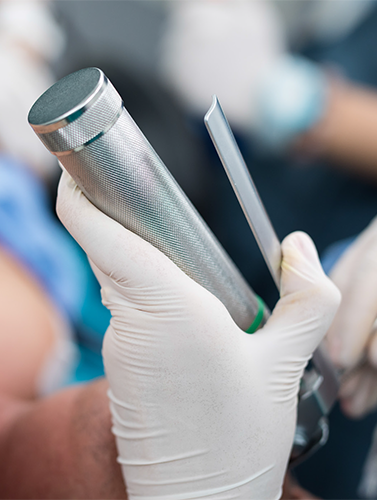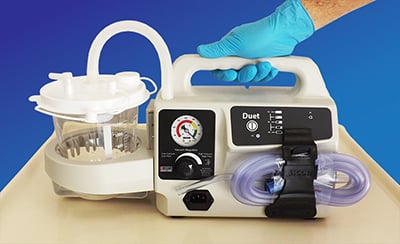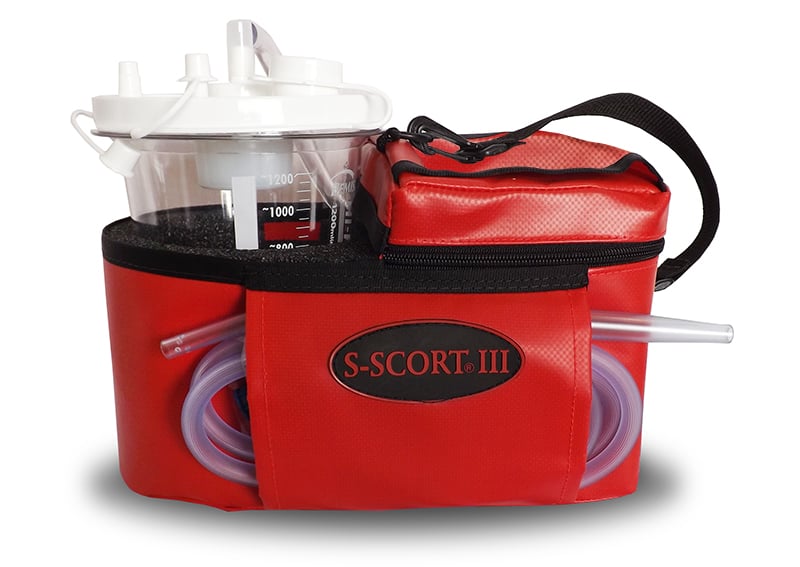ASPIRATION AND PATIENT OUTCOMES
Certain patients are at higher risk of aspiration, including those with decreased level of consciousness, compromised airway protection, difficulty swallowing, gastroesophageal reflux, and frequent vomiting. Based on these characteristics, it is evident that many patients who are experiencing a medical emergency, such as cardiac arrest, have the potential to aspirate. In fact, several studies have been done to examine pre-hospital and emergency intubation of patients and have found an association between aspiration before or at the time of intubation and the subsequent development of pneumonia. In a retrospective study of trauma patients, data was reviewed from 197 adult patients who were intubated prior to admission to a Level I trauma center. Information from the peri-intubation period was provided, including vital signs, medications, use of bag-valve mask, and presence of foreign material in the airway.iii
Of the 197 patients, 32 (16.2%) developed pneumonia. These patients were noted to have vomit present in their airway at the time of intubation three times more often than those who did not develop pneumonia. The patients with pneumonia also had longer hospital stays and a greater incidence of reintubation.iii
PATIENTS
In this study, the patients’ pneumonia was classified as VAP. However, it was noted that diagnosis of aspiration pneumonia in trauma patients is hard to distinguish from VAP and that patients who aspirate prior to intubation may actually be misdiagnosed with VAP.iii
Similarly, Decelle et al. attempted to identify risk factors for the evelopment of VAP following emergent intubations. Patients who were intubated pre-hospital or while in the emergency room and were later admitted to the ICU were included in the study. Fifteen of the 75 patients (20%) who fit the criteria developed VAP. Analyzing various factors revealed that the observation of macroaspiration at the time of intubation was one of three independent variables associated with later diagnosis of VAP. Cardiac arrest and out-of-hospital intubation were the other two.iv
A study done by Fawcett et al. also supports this. Paramedics were asked to collect data regarding patient aspiration at the time of intubation. Eighty-nine of the 228 (39%) patients were noted to have aspirated, and 14 of those patients (16%) went on to develop pneumonia. However, only five of the 139 patients who didn’t aspirate (3.6%) later developed pneumonia, suggesting that aspiration prior to intubation resulted in an increased risk of pneumonia.v










